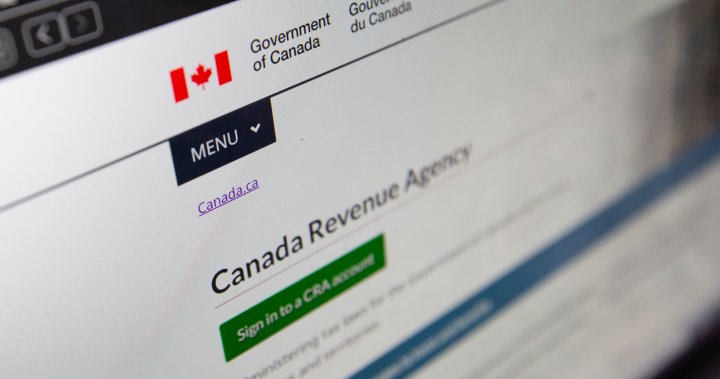Federal Reserve officials signaled Wednesday that they still expect to cut their key interest rate three times in 2024, fueling a rally on Wall Street, despite signs that inflation remained elevated at the start of the year.
For now, the officials kept their benchmark rate unchanged for a fifth straight time.
Speaking at a news conference, Chair Jerome Powell said the surprising pickup in inflation in January and February hadn’t fundamentally changed the Fed’s picture of the economy: The central bank still expects inflation to continue to cool, though more gradually than it thought three months ago.
The recent high inflation readings followed six months of steady slowdowns in price increases. Economists and Wall Street investors were looking for some clarification Wednesday about how the latest inflation reports were viewed at the Fed.
The January and February data, Powell said, “haven’t really changed the overall story, which is that of inflation moving down gradually on a sometimes bumpy road towards 2%,” with rate cuts to follow.
In new quarterly projections they issued, the policymakers forecast that stronger growth and inflation above their 2% target level would persist into next year. Overall, the forecasts suggest that the Fed still expects an unusual combination: A healthy job market and economy in tandem with inflation that continues to cool — just more gradually than they had predicted three months ago.
Financial news and insights
delivered to your email every Saturday.
Financial news and insights
delivered to your email every Saturday.
Powell noted that the Fed faces “two-sided” risks as it seeks to determine the timing of its rate cuts.
“We’re in a situation,” the Fed chair said, “where if we ease too much or too soon, we could see inflation come back. And if we ease too late, we could see unnecessary harm to employment.”
Rate cuts would, over time, lead to lower costs for home and auto loans, credit card borrowing and business loans. They might also aid President Joe Biden’s re-election bid, which is facing widespread public unhappiness over higher prices and could benefit from an economic jolt stemming from lower borrowing rates.
The financial markets cheered the message Wednesday from Powell and the Fed, with traders sending the Dow Jones industrial average surging 1%, to another all-time high.
The Fed’s policymakers did make some small adjustments in their outlook: Their projections showed that in 2025, they now foresee only three rate cuts, down from the four they envisioned in their December forecasts.
One reason may be that they expect “core” inflation, which excludes volatile food and energy costs, to still be 2.6% by the end of 2024, up from their previous projection of 2.4%. In January, core inflation was 2.8%, according to the Fed’s preferred measure.
Most economists have pegged the Fed’s June meeting as the most likely time for it to announce its first rate cut, which would begin to reverse the 11 hikes it imposed beginning two years ago. The Fed’s hikes have helped lower annual inflation from a peak of 9.1% in June 2022 to 3.2%. But they have also made borrowing much costlier for businesses and households.
Though consumer inflation has tumbled since mid-2022, it has remained stuck above 3%. And in the first two months of 2024, the cost of services, like rents, hotels and hospital stays, remained elevated. That suggested that high borrowing rates weren’t sufficiently slowing inflation in the economy’s vast service sector.
While the Fed’s rate hikes typically make borrowing more expensive for homes, cars, appliances and other costly goods, they have much less effect on services spending, which doesn’t usually involve loans. With the economy still healthy, there is no compelling reason for the Fed to cut rates until it feels inflation is sustainably under control.
“There’s no urgency for them,” said Luke Tilley, chief economist at Wilmington Trust, a wealth management company. “They’ve got a strong economy, strong labor market.”
In most respects, the U.S. economy remains heathy. Employers keep hiring, unemployment remains low, and the stock market is hovering at record highs. Yet average consumer prices remain much higher than they were before the pandemic — a source of unhappiness for many Americans for which Republicans have sought to pin blame on Biden.
And there are signs that the economy could weaken in the coming months. Americans slowed their spending at retailers in January and February, for example. The unemployment rate has reached 3.9% — still a healthy level, but up from a half-century low last year of 3.4%. And much of the hiring in recent months has occurred in government, health care and private education, with many other industries barely adding any jobs.
Other major central banks are also keeping rates high to ensure that they have a firm handle on consumer price spikes. In Europe, pressure is building to lower borrowing costs as inflation drops and economic growth stalls. The European Central Bank’s leader hinted this month that a possible rate cut could come in June, while the Bank of England isn’t expected to open the door to any imminent cut when it meets Thursday.
—AP Business Writer Alex Veiga contributed to this report from Los Angeles.
© 2024 The Canadian Press




